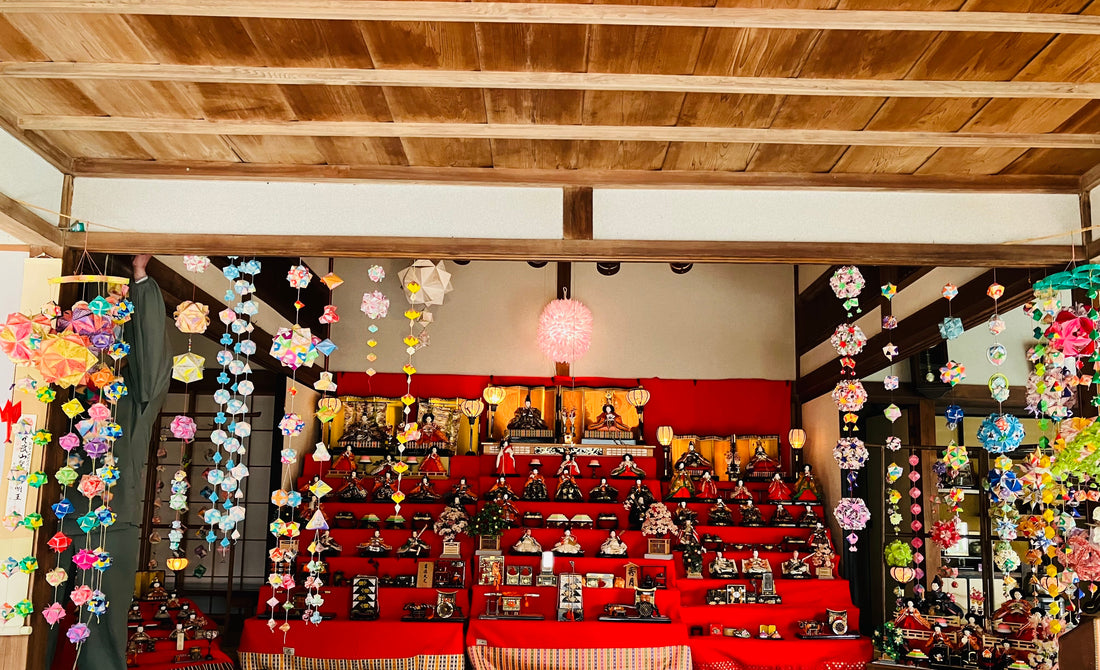
Celebrating Hinamatsuri: Japan's Doll's Day Tradition
Celebrating Hinamatsuri: Japan's Doll's Day Tradition
In Japan, the arrival of spring is celebrated in a unique and charming way through the tradition of Hinamatsuri, also known as Doll's Day or Girls' Day. This special day, which falls on March 3rd, is a time for families to come together, honor their daughters, and welcome the new season.
Meaning and Significance
Hinamatsuri holds deep cultural significance in Japanese society. The centerpiece of the celebration is the display of Hinamatsuri dolls, which represent the imperial court of the Heian period (794-1185). These intricate dolls, typically dressed in traditional court attire, symbolize wishes for the health, happiness, and prosperity of young girls in the family.
History
The origins of Hinamatsuri can be traced back to ancient Japan. Initially, it was believed that dolls possessed the power to ward off evil spirits, and families would create small dolls out of paper or straw and float them down rivers, carrying away any misfortune. Over time, this custom evolved into the elaborate Hinamatsuri doll displays we see today.
During the Edo period (1603-1868), Hinamatsuri became more formalized and gained popularity among the nobility and samurai class. Families began to acquire finely crafted dolls, often passed down through generations, to adorn their homes during the festival. The tradition gradually spread throughout Japan, becoming an integral part of the country's cultural heritage.
Celebration and Customs
Preparations for Hinamatsuri typically begin weeks in advance, with families dusting off their cherished doll sets and arranging them on a tiered platform covered with red fabric. The dolls are displayed in a specific order, with the emperor and empress seated at the top, followed by courtiers, musicians, and attendants.
On the day of Hinamatsuri, families gather to admire the doll display and offer prayers for the well-being of their daughters. Special foods and sweets, such as chirashi-zushi (scattered sushi), hina-arare (colorful rice crackers), and hishimochi (diamond-shaped rice cakes), are enjoyed together.
Welcoming Spring
Hinamatsuri also serves as a joyful celebration of the changing seasons. As winter gives way to spring, the festival is a reminder of the beauty and renewal that comes with nature's awakening. The delicate peach blossoms, or momo no hana, which bloom around the same time, add to the festive atmosphere, signaling the start of warmer days ahead.
In conclusion, Hinamatsuri is more than just a day to admire pretty dolls—it's a time-honored tradition that reflects Japan's rich cultural heritage and deep-rooted values. As families come together to celebrate their daughters and welcome the arrival of spring, Hinamatsuri continues to be cherished as a symbol of love, hope, and new beginnings.
#musubism
#musubismfuroshiki
#hinamatsuri
#dollsdays
#japanesetradition
#joyfulcelebration
#peachblossoms
#momonohana
#springcelebration
